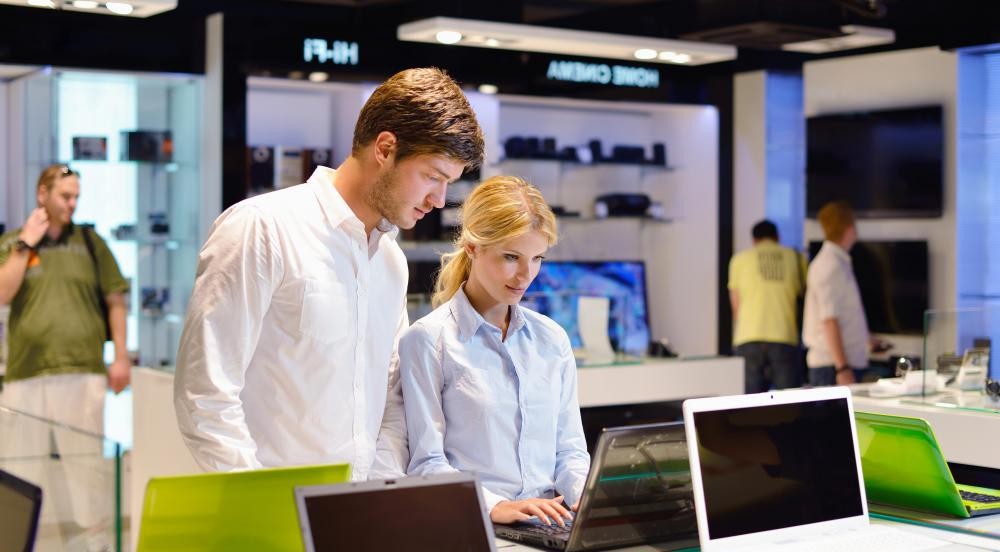There are multiple PC buying guides in the market and we can be somewhat more specific about our requirements. As an example, we could plan to use the computer for basic document editing, web browsing, games, multimedia and others. It is important to choose a computer that’s not too high-end for our requirements or too slow to handle our higher expectations. Many sellers often offer us PC configuration with interesting specs, such the latest processors, graphics cards and 32GB of RAM, although we may not really need such a powerful rig. Many people prefer to customize their PC, so they can better adjust the level of performance and features, while still staying within their budget. Here are things to consider when we are choosing a desktop PC:
Processor
It is the brain of our computer and designed to perform millions of instructions each second to get the job done. Current processor models are available in different configurations, but the most common one is quad-core models; while octo-core models are designed for high-end gaming, graphics processing and other professional tasks. However, most home users probably could already get plenty of usefulness from a dual-core model. Regardless of the type we choose, we should refer to multiple processor benchmark charts to find out whether processors that we choose have reasonable average performance level compared to their pricing.
Random Access Memory or RAM
RAM is a temporary storage area when the processor stores any work in progress. RAM is comparable to our short term memory, which allows us do many things faster, such as for remembering series of numbers and words. RAM is also the fastest place the computer can store its information. For this reason, we should make sure that our computer has enough RAM to do its job. If computers don’t have enough RAM, it will need to store a portion of the data in the virtual memory in hard drive. Hard drive is much slower than RAM, especially if it is not properly optimized. As guidance, Windows 7 and Windows 8 consumes about 1GB of RAM for themselves, leaving the rest for other applications. However, due to the relatively low price of RAM, most home users could choose 4GB or 8GB of RAM.
3. Hard Drive
It is the main and permanent storage are for our computer. When the computer is turned off, all the data will still be stored inside. There two main consideration when choosing hard drive, the capacity and the technology used. Hard drives with larger capacity, such as 1TB can be more expensive than 320GB or 500GB models. Also, SSD is much faster and more reliable, because it isn’t mechanical, like standard hard drive. SSD is also more expensive than hard drives.
4. Graphics card
Many processors today come with embedded graphics solution, so in some cases, we don’t need to purchase separate, dedicated graphics card. However, people who do designs, CAD, 3D modelling, video editing and gaming, should consider purchasing dedicated cards to enhance graphics performance.
